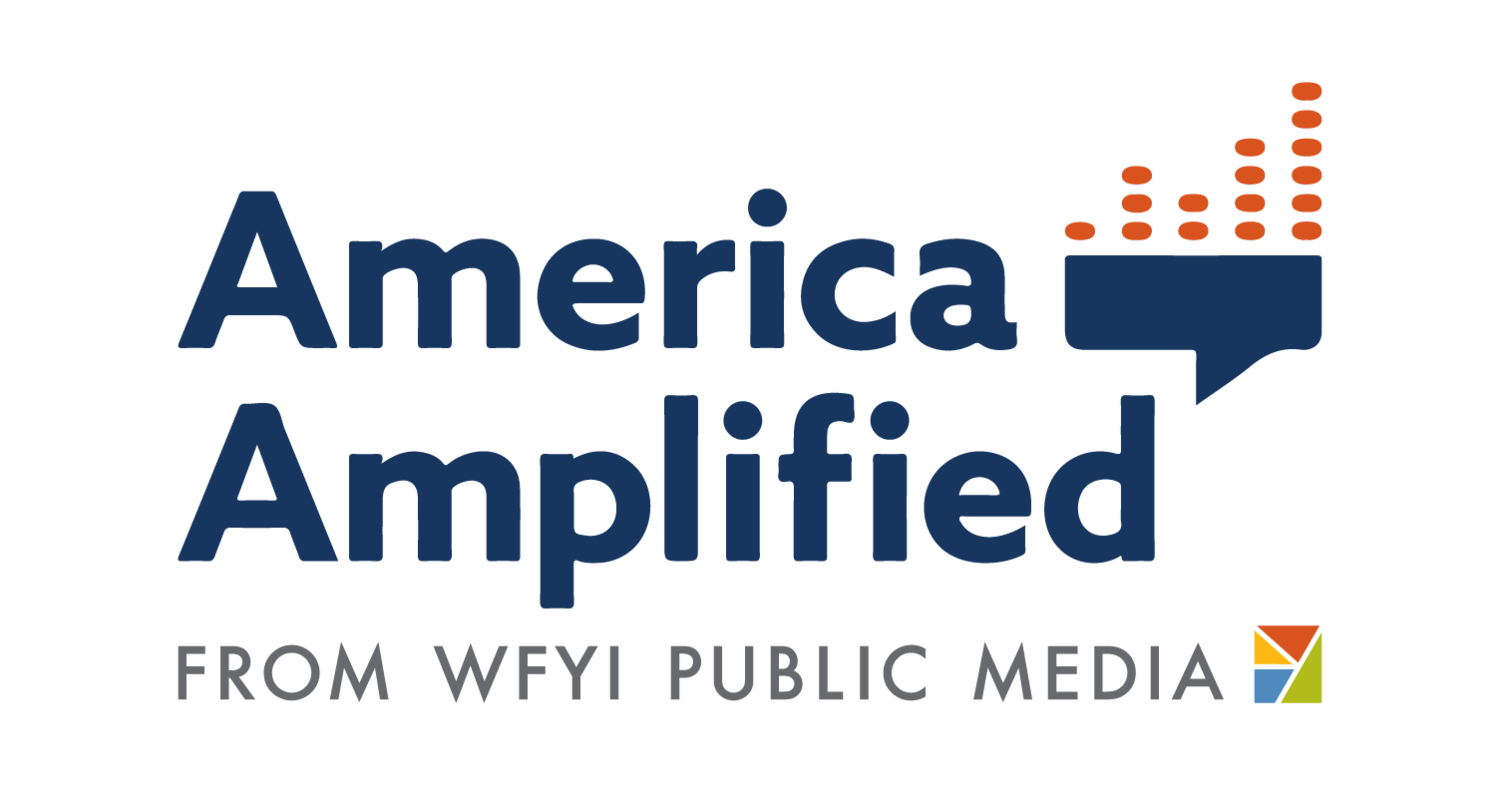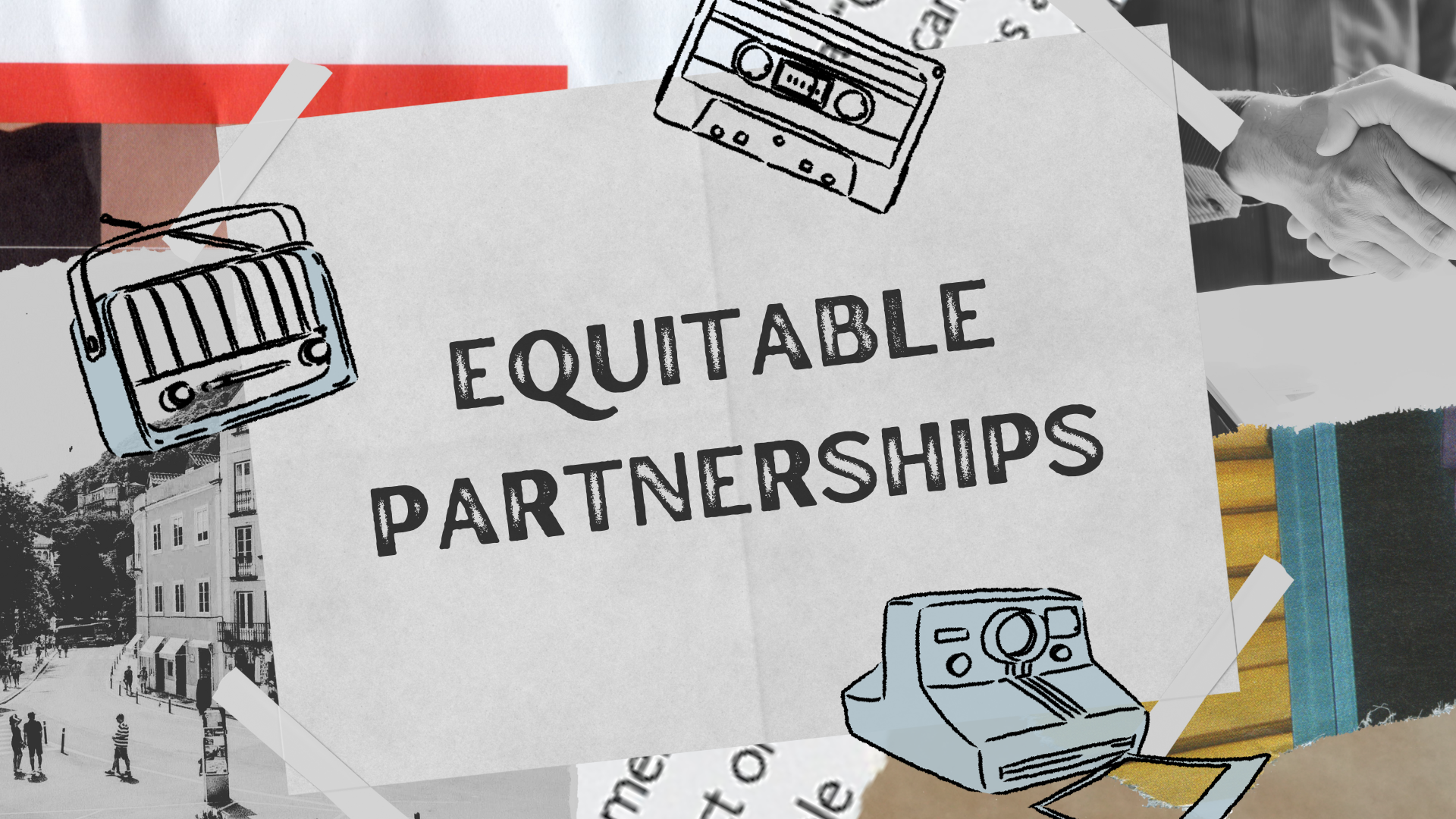Collaboration with Black-owned media in Tampa fueled WUSF’s Murrow award-winning series on Black mental health
Mary Shedden contributed to this case study.
Objective
WUSF wanted to create a way for their primarily-white newsroom to work alongside Black journalists in the community, to connect with community members they didn't know before and to discover a way their public media journalism could support other media.
Project Summary
In 2022, WUSF journalists and three Black-owned media publishers collaborated on a seven-story multi-platform series on Black mental health. It all started with a couple of cold calls to people News Director Mary Shedden had met, but didn't really know.
One was an entrepreneur who publishes a lifestyle magazine.for millennials of color. She worked as a copy editor at a Black-owned weekly paper distributed statewide, and offered to connect Shedden to the publisher. The third person also was key: the owner of an established community newspaper known as the voice for Black St. Petersburg.
Shedden’s pitch to these media publishers was very conceptual: "Let's do a project together although we don't really know each other and we all work on different platforms."
The final project that came out of these initial cold calls was published by all media platforms on different platforms in July 2022. Reporters who worked on text stories were interviewed for radio debriefs. Audio-first stories were transcribed and produced for digital. There were seven different stories in all — and each one included information about resources for additional support and help.
The Challenge
Shedden knew [the Black-owned media outlets] could be skeptical of her motives — WUSF is a primarily white public radio newsroom with one fulltime Black journalist and one Black freelancer on the team. The potential partners also operate with just a handful of employees. WUSF needed to make this relationship worth their time.
So, they decided it wasn’t best to start our relationship with a long multi-platform project. Instead, they offered to create a shared use agreement where they could republish any of WUSF stories, for free. And WUSF asked them if they would be willing to talk more about working on a bigger project.
Once they started talking about the project, the initial conversations were hard. The owner of the statewide paper said he had been stung by white media before. The online entrepreneur wasn't sure what WUSF content could do for her magazine. The St. Pete newspaper owner said she had no money or staff to spend on a project.
The Solution
Money from America Amplified allowed WUSF to help each publication hire a freelance reporter, and cover the time the editors were spending on the project. America Amplified also provided support to WUSF, which agreed to provide a reporter, photographers, graphic artists and administrative support.
To fine-tune the topic, the news partners spent several months holding 'listening sessions' with Black residents in the Tampa Bay community. The Black-owned publications sent out invitations to their audience. WUSF did not. After the feedback from these listening sessions, we agreed on a topic: Black mental health.
They pulled in another partner to help with this topic: the leader of a mental wellness program focused on communities of color. She provided the collaborative with the language and perspective to identify the individual stories. Those conversations that included reporters and editors along with this mental wellness professional were raw, but incredibly respectful. They ultimately agreed on five core topics and handed out the assignments.
The Takeaways
Building Trust: The concepts of listening and building trust were essential in the building of our collaborative and the journalism we produced. Editors initially met once a month, and eventually reporters, producers and editors started talking once a week via Zoom. Like many regular newsroom gatherings, they started by talking about work, but then started learning more about one another as individuals. The fact that the series topic was serious, it included some really raw conversation that helped all of them know the importance of the stories they were telling. Through weekly calls, they got to know each other, and grew to like and trust one another.
Continuity: Once the project ended, it has been hard to get everyone together. But we have remained connected and committed to connecting with each other's audience. The newspapers have continued to publish WUSF News, on topics ranging from education to the 2022 election. WUSF has published some of their stories as well and has interviewed a columnist from one of the papers for our public affairs show.


